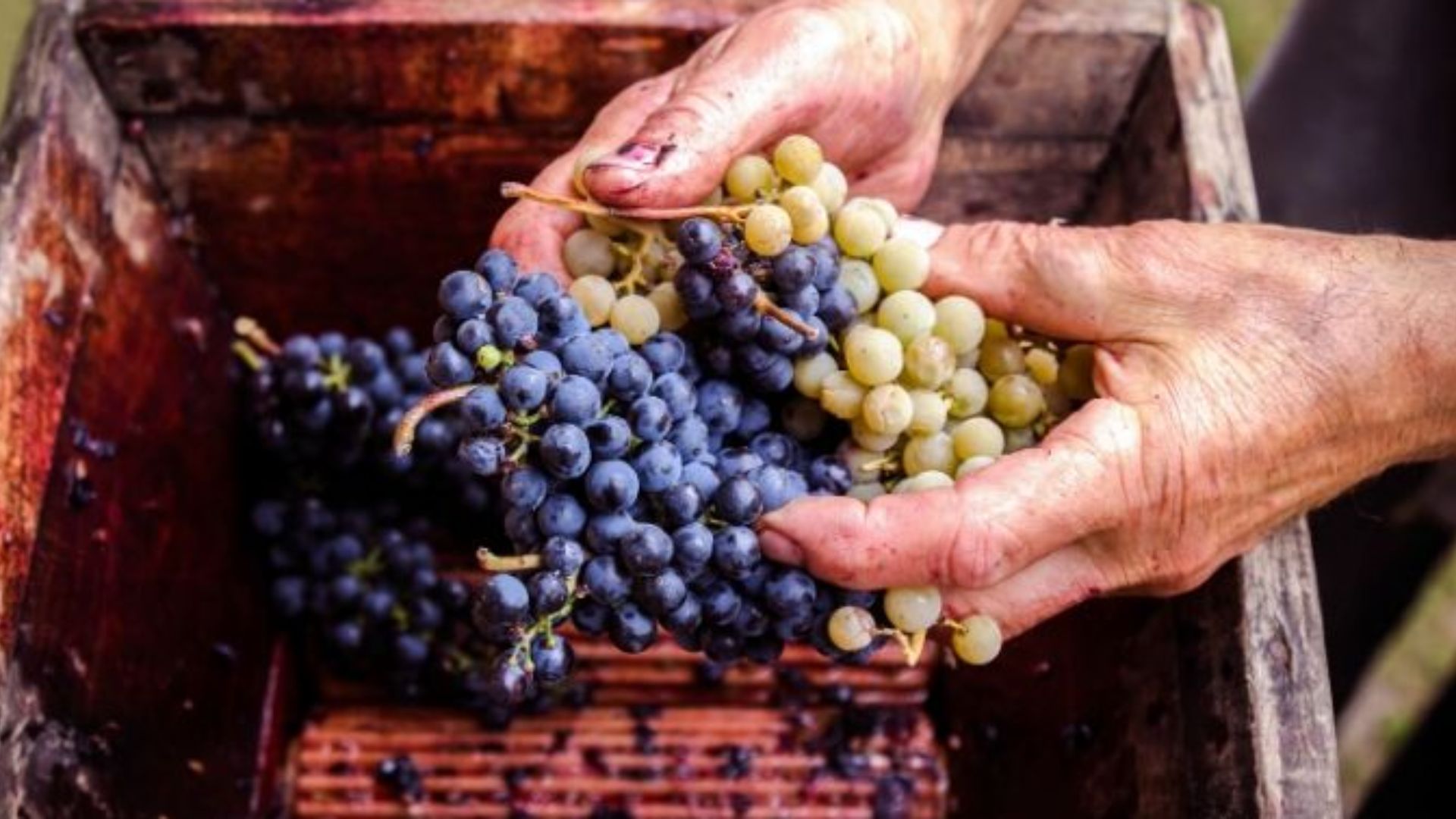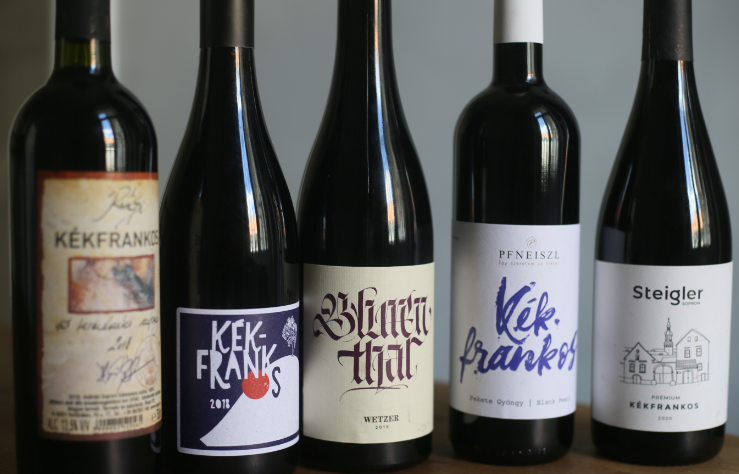For wine enthusiasts, the familiar labels of Cabernet Sauvignon and Chardonnay can feel comforting, like trusted companions on a culinary journey. However, the world of wine extends far beyond these ubiquitous grapes. Unconventional wine varieties offer a thrilling adventure for the palate, bursting with unexpected flavors and unique characteristics. These lesser-known grapes often hail from specific regions or possess unique production methods. These result in a kaleidoscope of aromas and tastes waiting to be discovered.

A Universe of Unconventional Grapes
The world of wine offers a universe beyond the mainstream Cabernet Sauvignon and Chardonnay:
A Symphony of Flavors: Red Blends: Move over single-grape dominance! Red blends combine multiple red grape varieties, creating a symphony of flavors that transcends the characteristics of any single grape. From the bold and spicy blends of the Rhone Valley in France to the elegant and harmonious Chiantis of Italy, red blends offer a delightful journey of discovery for adventurous wine drinkers.
In addition to red blends, explore the intriguing world of orange wine. Don’t let the name fool you – orange wine is not made from citrus fruits! This unique style is produced from white grapes fermented with their skins, resulting in a captivating amber hue and a flavor profile unlike any other white wine. Orange wines often boast notes of citrus, apricot, and even a touch of tannin, offering a complex and intriguing experience for the palate.
A Taste of History: Ancient Grape Varieties:
Many regions boast indigenous grapes that have been there for centuries, offering a unique taste of history in every sip. Ancient grape varieties like Assyrtiko from Santorini, Greece, produces crisp white wines with a distinct minerality, while Carignan from southern France offers rustic and earthy red wines. Exploring these ancient varieties allows you to connect with the rich tradition of winemaking in specific regions.
Furthermore, delve into the world of natural wines. These wines are come with minimal intervention, often using organic or biodynamic grapes. Natural wines express a pure and unadulterated taste of the grape, showcasing the unique terroir of their origin. Natural wines can be light and fruity or bold and earthy, depending on the grape variety and winemaking techniques employed.
Beyond Champagne: A Celebration of Sparkling Diversity
While Champagne reigns supreme in the world of bubbly, numerous regions produce exceptional sparkling wines using alternative methods. Prosecco from Italy offers a lighter and fruitier alternative, while Cava from Spain presents a more complex and toasty style. Explore sparkling wines produced using the ancestral method, where the second fermentation occurs in the bottle, resulting in wines with a unique character and an explosion of tiny bubbles.
Tips for Exploration
Ready to embark on your journey into the world of unconventional wines? Here are some helpful tips:
Become a Local Wine Explorer: Local wine shops are treasure troves of unique wines. Passionate wine sellers can guide you towards unconventional varieties based on your preferences and budget. Don’t be afraid to ask questions and explain your desire to explore lesser-known wines – knowledgeable staff can become your gateway to exciting discoveries.
In addition to local shops, consider attending wine tastings that focus on unconventional varieties. These events offer a fantastic opportunity to sample a variety of unique wines in small quantities, allowing you to compare and contrast different styles and flavors. Many wine bars and restaurants also dedicate sections of their wine list to lesser-known varieties, providing a platform for exploration in a social setting.
Embrace the Unexpected: The beauty of exploring unconventional wines lies in the element of surprise. Approach each unconventional wine with an open mind and focus on identifying the unique flavor profile it presents.
Furthermore, keep a wine journal to document your tasting experiences. Therefore, Jot down the grape variety, region, producer, and your initial impressions of each unconventional wine you encounter. Over time, your journal will become a valuable reference point, allowing you to track your evolving preferences and identify specific styles you particularly enjoy.




